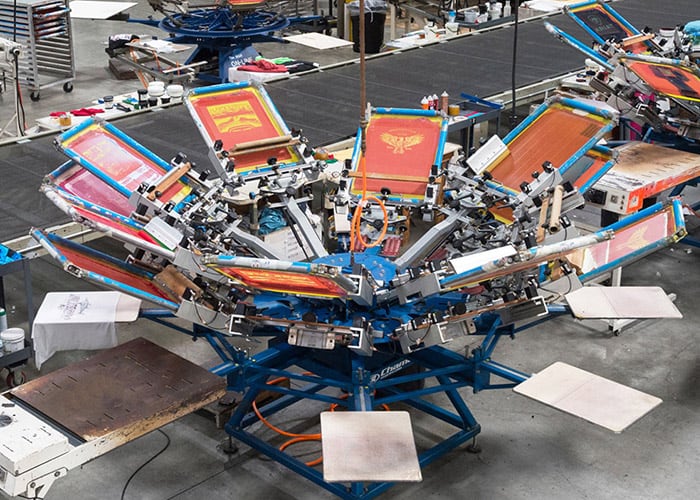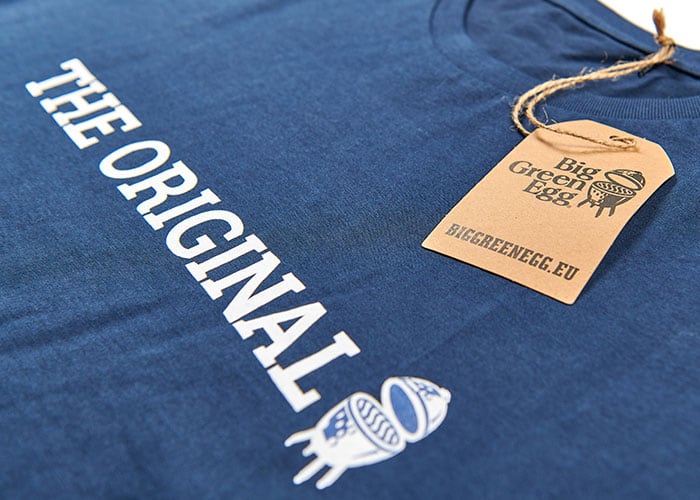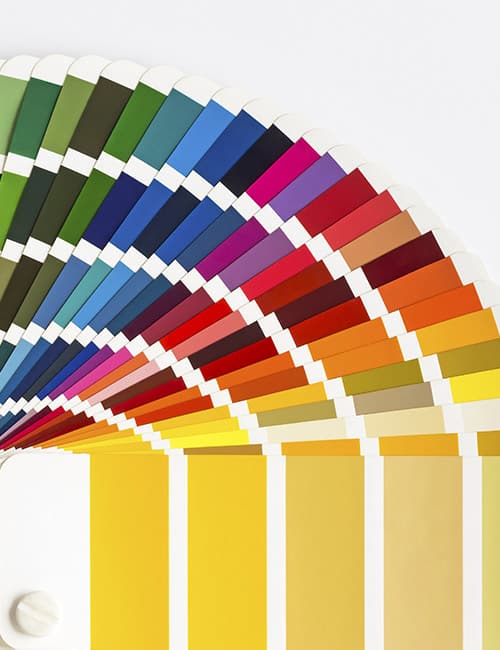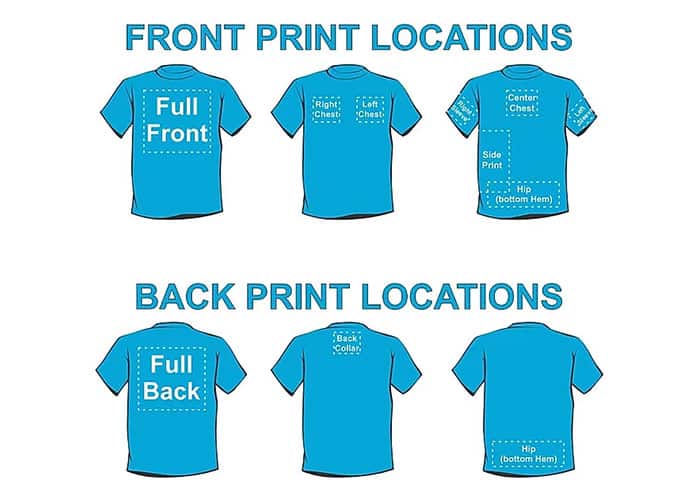The screen printing process is so named because the printer literally presses ink through a framed, mesh screen. Ink density is determined by the mesh count; that is, the number of holes in the mesh.
Generally speaking, a finer mesh screen will allow a more detailed print.
The process starts when the screen is coated to fill in all the mesh so that no ink can pass through. Using a light box, the screen is “burned” using a positive image of the camera-ready art work. This process removes the coating from the screen to match the design, thus allowing ink to pass through in the exact pattern as the design.
Each color in a design requires a separate positive (known as color separations), from which the printer will create a separate screen. That’s why you incur a screen charge for each color.
Printing begins when the garment is placed on a palette. The screen is lowered into place and the ink is squeezed through the screen onto the garment’s surface. The palette is then moved to the next screen that will apply the next color, and so on, until the design is complete. The garment is then put through a dryer to set the ink, thereby “curing” it.







